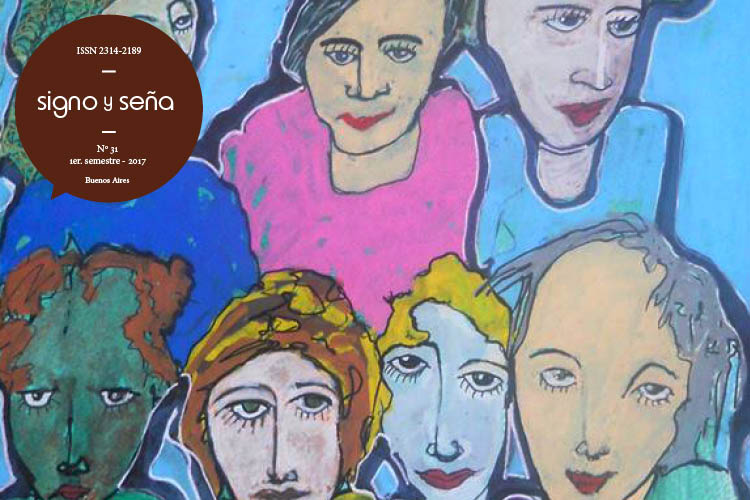Relaciones entre eventos: la codificación de Manera (-s) en quichua santiagueño
Palabras clave:
Interclausal relations, switch-reference, Manner, santiagueño quechua. referencia (switch-reference), Manera, quichua santiagueño
Resumen
Santiagueño Quechua has a switch-reference system with suffixes that indicate different subject (DS), -pti, and same subject (SS) -s and -spa. The literature on the subject has indicated that the two SS suffixes were allomorphs, being -s the shorter form of -spa (Nardi 2002, Albarracín de Alderetes 2016). However, the speakers do not select both SS suffixes interchangeably. The main hypothesis of this article is that these two suffixes establish different event relations: -spa, marks laxer relations, and -s, introduces Manner clauses, i.e. closer relations. In order to state the hypothesis, it is proposed here a distribution of the switch-reference suffixes in an inter-clausal semantic continuum (Van Valin 2005), where ‘Manner’ is located at the narrowest end. At the same time, this semantic relation between events has a syntactic correlate. Therefore, it is also established here a “desententialization” continuum (Lehmann 1988) with ‘sentential’ and ‘nominal’ ends, where -s clauses are located at the “desententialized” end. Thus, the clauses introducing Manner in Santiagueño Quechua constitute a complex state of affairs: syntactically, as compression (Lehmann 1988), and semantically, as a macroevent (Talmy 2000).Descargas
Cómo citar
Juanatey, M. (1). Relaciones entre eventos: la codificación de Manera (-s) en quichua santiagueño. Signo Y seña, (31), 54-66. https://doi.org/10.34096/sys.n31.3825
Número
Sección
Artículos
- Los autores/as conservan los derechos de autor y ceden a la revista el derecho de la primera publicación, con el trabajo registrado con la Licencia Creative Commons Atribución-CompartirIgual 4.0 Internacional, que permite a terceros utilizar lo publicado siempre que mencionen la autoría del trabajo y a la primera publicación en esta revista.
- Los autores/as pueden realizar otros acuerdos contractuales independientes y adicionales para la distribución no exclusiva de la versión del artículo publicado en esta revista (p. ej., incluirlo en un repositorio institucional o publicarlo en un libro) siempre que indiquen claramente que el trabajo se publicó por primera vez en esta revista.
- Se permite y recomienda a los autores/as a publicar su trabajo en Internet (por ejemplo en páginas institucionales o personales).

















